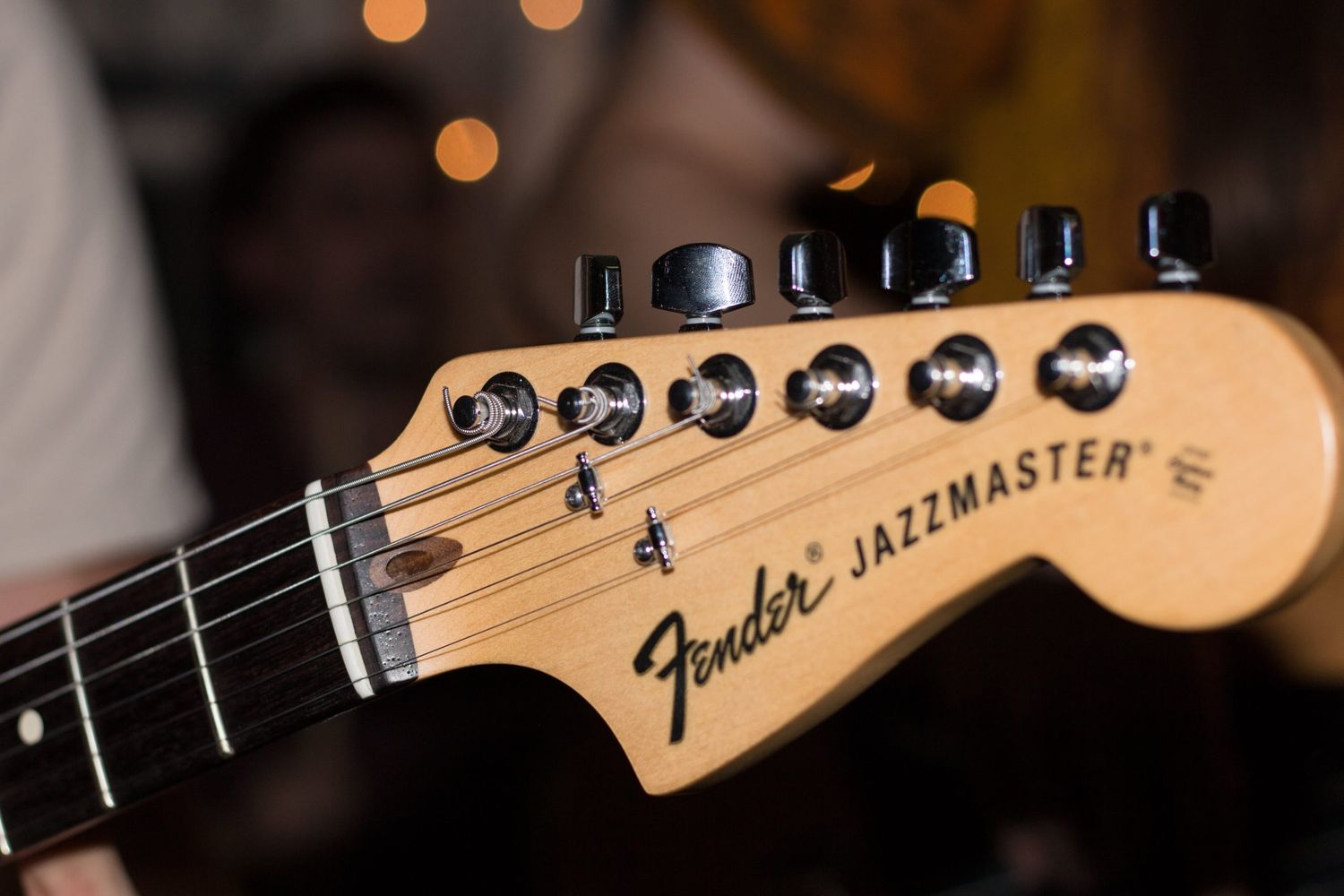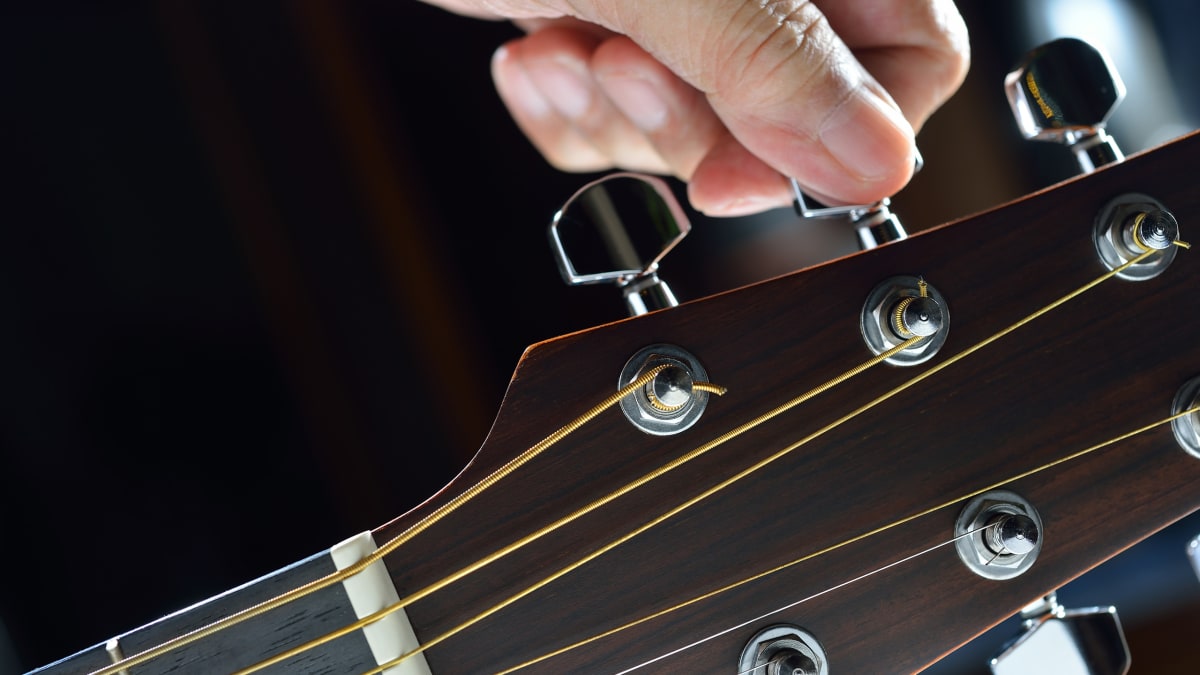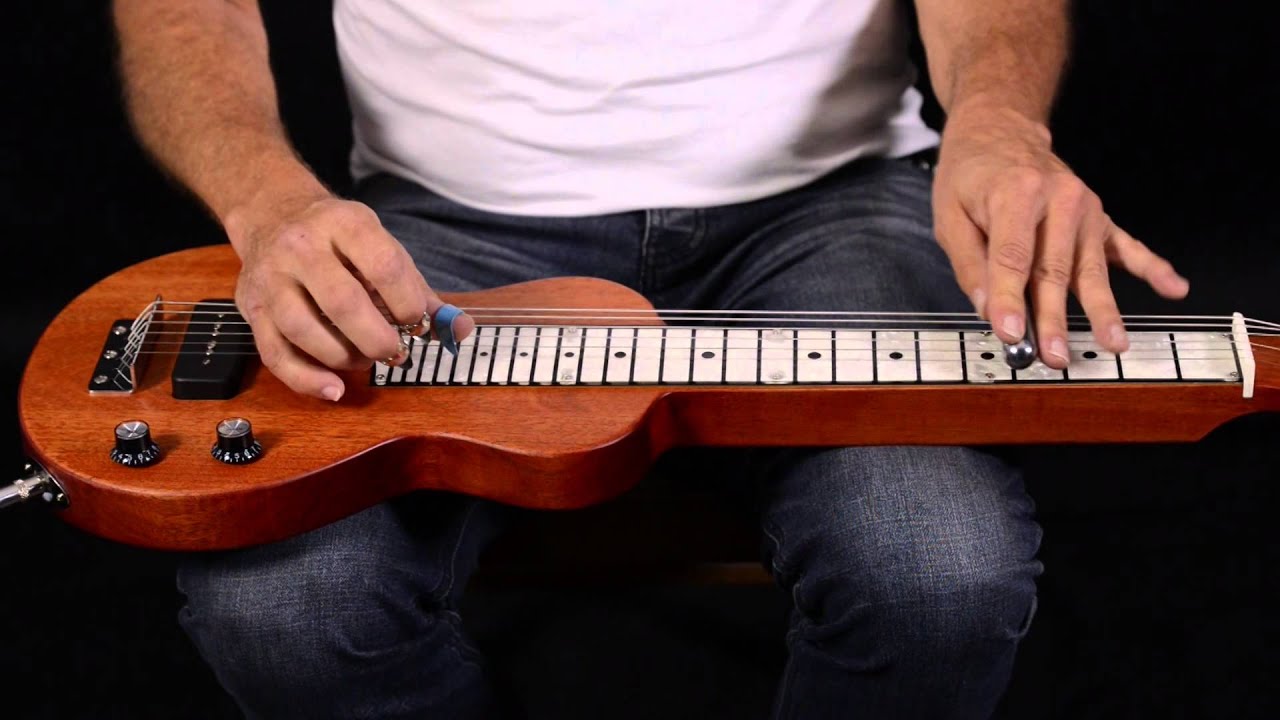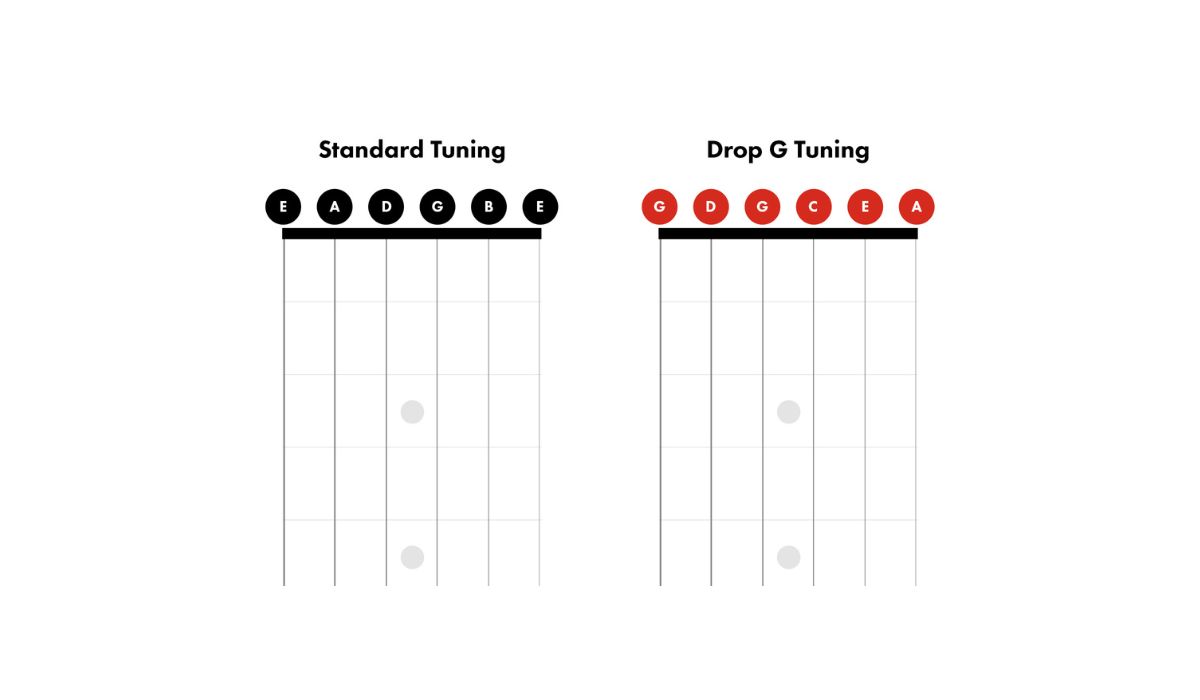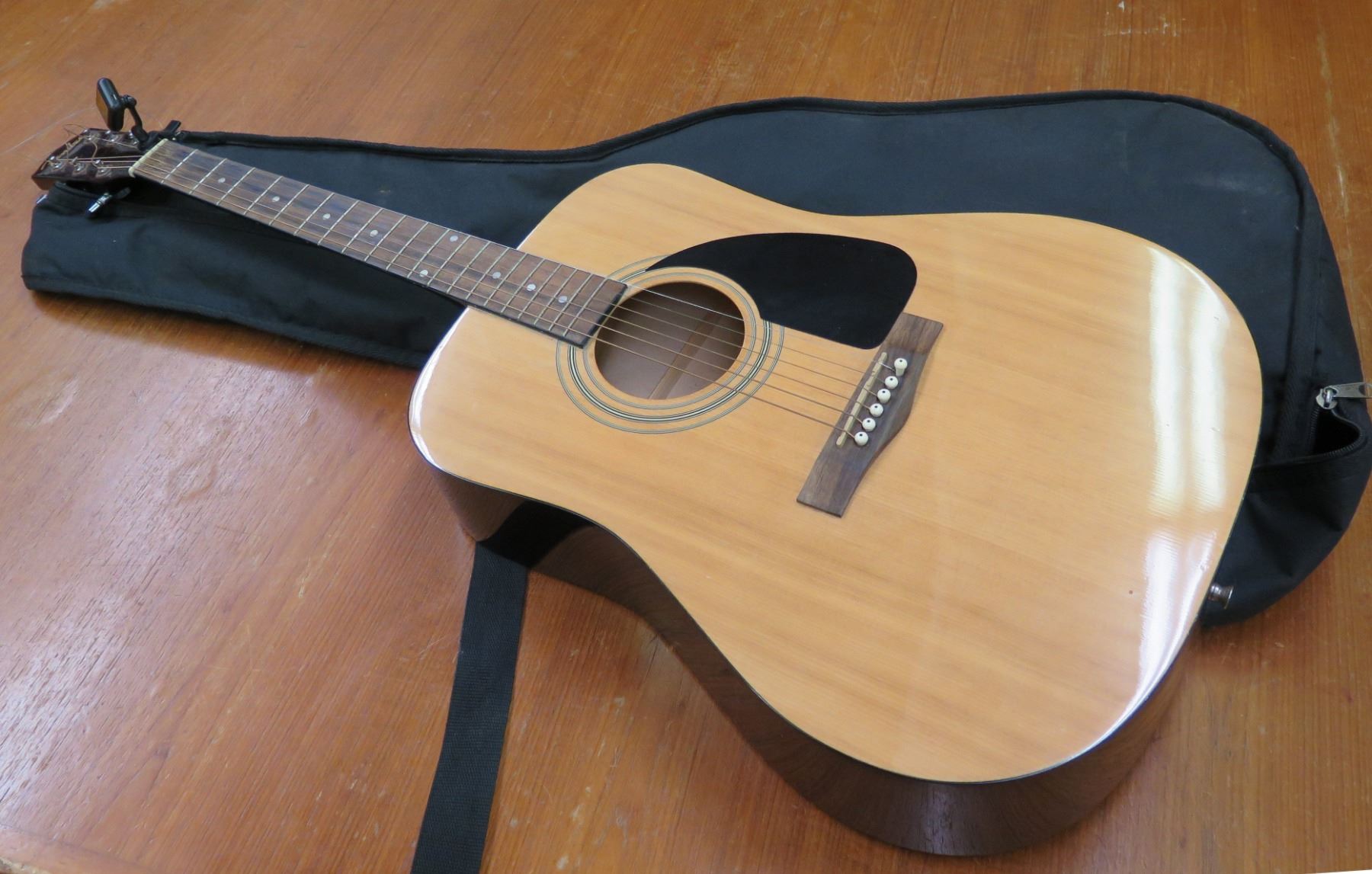Home>Instruments>Guitar>How To Tune A Headless Guitar
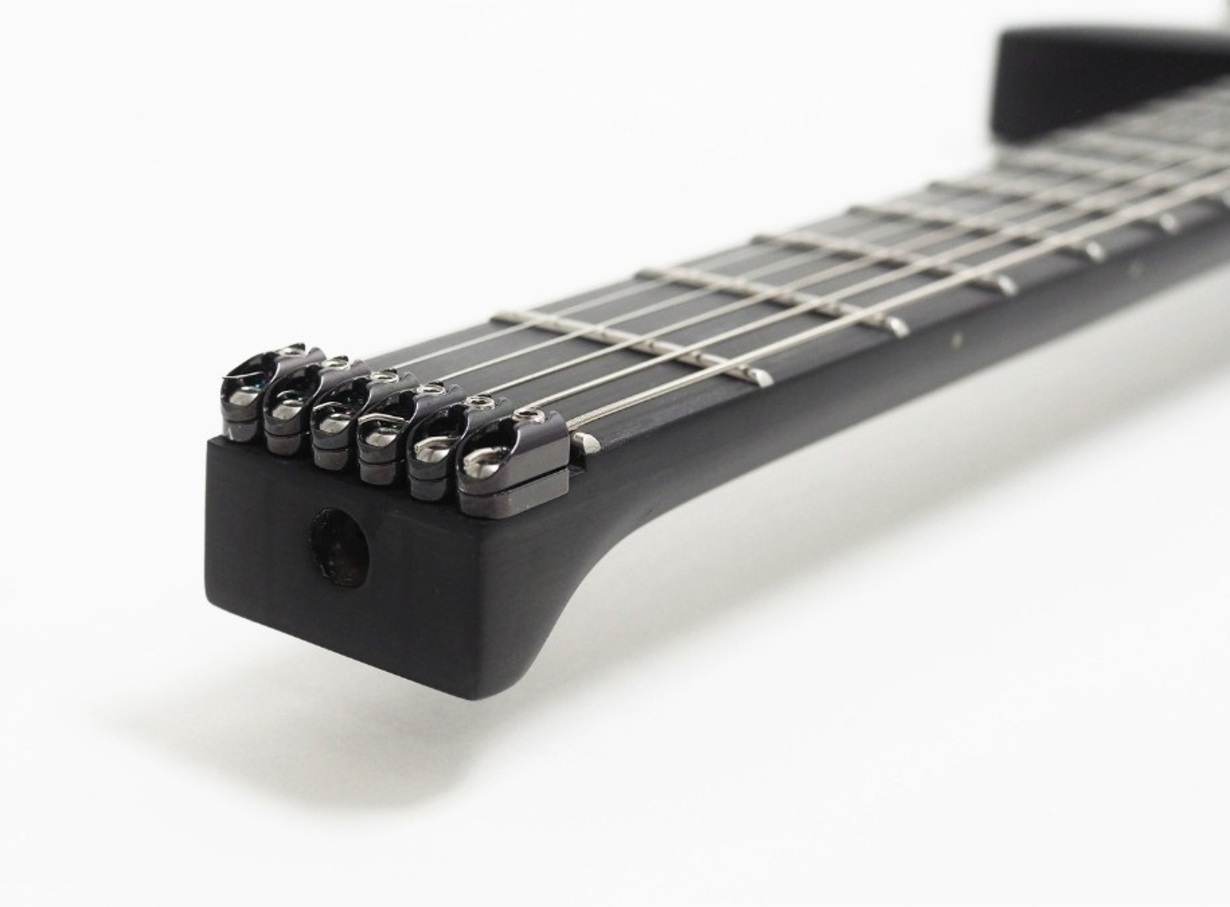

Guitar
How To Tune A Headless Guitar
Published: February 14, 2024
Learn how to tune a headless guitar with our step-by-step guide. Keep your guitar sounding perfect with our expert tips and techniques.
(Many of the links in this article redirect to a specific reviewed product. Your purchase of these products through affiliate links helps to generate commission for AudioLover.com, at no extra cost. Learn more)
Table of Contents
Introduction
Welcome to the world of headless guitars! These sleek and innovative instruments have been capturing the attention of guitarists across the globe with their modern design and exceptional playability. Whether you're a seasoned guitarist or just starting your musical journey, understanding how to tune a headless guitar is essential for achieving the perfect sound.
In this comprehensive guide, we will delve into the intricacies of tuning a headless guitar, providing you with the knowledge and confidence to keep your instrument in optimal playing condition. From understanding the unique features of headless guitars to mastering the tuning process, this article will equip you with the essential skills to ensure that your headless guitar always sounds its best.
So, grab your headless guitar, and let's embark on this tuning adventure together. Whether you're aiming to rock out with powerful riffs or serenade with melodic tunes, having a well-tuned headless guitar will set the stage for an exceptional musical experience. Let's dive into the fascinating world of headless guitars and uncover the secrets to achieving pitch-perfect tuning!
Understanding Headless Guitars
Headless guitars have revolutionized the traditional concept of the instrument, offering a contemporary and ergonomic design that appeals to musicians seeking innovation and versatility. Unlike conventional guitars, headless models are characterized by the absence of a headstock, resulting in a more compact and lightweight construction. This unique feature not only enhances the guitar’s portability but also contributes to improved balance and reduced strain on the player’s body during extended performances.
One of the defining elements of headless guitars is the utilization of specialized tuning systems, such as double-ball strings and locking tuners. These innovative components are integrated into the guitar’s bridge and nut, facilitating precise tuning stability and efficient string changes. Additionally, the absence of a headstock allows for straight string pull, minimizing friction and optimizing the instrument’s overall resonance and sustain.
Furthermore, headless guitars often incorporate cutting-edge materials and construction techniques, catering to the demands of modern musicians. From carbon fiber reinforcements to multi-scale fretboards, these instruments showcase a fusion of advanced engineering and contemporary aesthetics, offering players a dynamic platform for artistic expression.
Understanding the unique attributes of headless guitars is crucial for mastering the tuning process and harnessing the full potential of these innovative instruments. By familiarizing yourself with the intricacies of headless guitar design and functionality, you’ll gain valuable insights that will elevate your playing experience and inspire confidence in maintaining optimal tuning precision.
Tools and Equipment Needed
Before delving into the process of tuning a headless guitar, it’s essential to gather the necessary tools and equipment to ensure a seamless and effective tuning experience. While the fundamental principles of tuning remain consistent across various guitar types, headless guitars may require specific tools tailored to their unique design and hardware.
Here’s a list of essential tools and equipment needed for tuning a headless guitar:
- Electronic Tuner: A reliable electronic tuner is indispensable for achieving accurate and precise tuning. Whether it’s a clip-on tuner or a pedal tuner, having this essential tool will streamline the tuning process and help you achieve optimal pitch for each string.
- Double-Ball Strings: Headless guitars typically utilize double-ball strings designed specifically for their integrated tuning systems. It’s essential to have a set of compatible double-ball strings on hand for restringing and maintaining the guitar’s playability.
- Hex Key Set: As headless guitars often feature specialized bridge and nut configurations, a set of hex keys in varying sizes is crucial for adjusting the instrument’s intonation, action, and other hardware components.
- Polishing Cloth: Keeping your headless guitar clean and free from debris is essential for preserving its aesthetics and performance. A soft polishing cloth will allow you to maintain the instrument’s finish and ensure that the strings are free from dirt and residue.
- String Cutter/Winder: A string cutter and winder combination tool will facilitate efficient string changes and trimming, enabling you to swiftly replace old strings with new ones and maintain the guitar’s playability.
By assembling these essential tools and equipment, you’ll be well-prepared to embark on the tuning journey and ensure that your headless guitar remains in optimal playing condition. With the right tools at your disposal, you can approach the tuning process with confidence and precision, setting the stage for an exceptional musical experience.
Steps to Tune a Headless Guitar
Tuning a headless guitar requires a systematic approach and attention to detail to achieve optimal pitch and intonation. Whether you’re a seasoned guitarist or a newcomer to the world of headless instruments, mastering the tuning process will ensure that your guitar delivers the perfect sound for your musical endeavors. Here’s a step-by-step guide to tuning a headless guitar:
- Prepare Your Workspace: Find a comfortable and well-lit space to work on tuning your headless guitar. Ensuring that your workspace is free from clutter and distractions will allow you to focus on the tuning process with precision.
- Restring Your Guitar: If your headless guitar requires a string change, carefully remove the old strings using a string cutter and winder. Install a set of compatible double-ball strings, ensuring that they are securely anchored at the bridge and nut.
- Tune to Standard Pitch: Using an electronic tuner, begin tuning each string to the standard pitch (EADGBE for a 6-string guitar). Adjust the tuning machine heads or tuning system to achieve the correct pitch for each string, starting with the low E string and progressing to the high E string.
- Check Intonation: After tuning each string, check the guitar’s intonation by playing the 12th fret harmonic and comparing it to the fretted note at the 12th fret. Make adjustments to the bridge saddles using a hex key to ensure that the harmonic and fretted notes are in tune.
- Fine-Tune and Test: Once the initial tuning and intonation adjustments are complete, fine-tune each string using the electronic tuner. Strum the guitar and play various chords to ensure that the tuning is consistent across the fretboard and that the guitar produces a balanced and harmonious sound.
- Stabilize the Tuning System: If your headless guitar features a locking tuning system, ensure that the locking mechanisms are securely fastened to maintain tuning stability. Double-check the string tension and locking nuts to prevent any slippage that may affect the guitar’s tuning.
By following these comprehensive steps, you’ll be equipped to tune your headless guitar with precision and confidence, allowing you to unleash its full sonic potential and enjoy a seamless playing experience.
Tips and Tricks
Mastering the art of tuning a headless guitar involves not only following the fundamental steps but also incorporating valuable tips and tricks to enhance the tuning process and optimize the instrument’s performance. Whether you’re a seasoned player or a novice enthusiast, these insights will elevate your tuning experience and contribute to the overall playability of your headless guitar.
- Stabilize String Tension: When restringing your headless guitar, ensure that the double-ball strings are securely anchored at the bridge and nut to maintain consistent string tension, contributing to stable tuning and resonance.
- Monitor Environmental Changes: Headless guitars, like all instruments, can be affected by changes in temperature and humidity. Keep your guitar in a stable environment to minimize the impact of these variables on tuning stability.
- Regular Maintenance: Incorporate regular maintenance routines, such as cleaning the fretboard, lubricating the nut and bridge, and inspecting the tuning system, to sustain optimal playability and tuning accuracy.
- Experiment with String Gauges: Explore different string gauges to determine the ideal tension and feel that best complements your playing style and the unique characteristics of your headless guitar.
- Consult a Luthier: If you encounter persistent tuning issues or seek personalized guidance, consulting a professional luthier can provide valuable insights and solutions tailored to your specific guitar and playing preferences.
- Explore Alternate Tunings: Embrace the versatility of your headless guitar by experimenting with alternate tunings, unlocking new sonic possibilities and expanding your creative repertoire.
By integrating these tips and tricks into your tuning routine, you’ll not only refine your tuning proficiency but also cultivate a deeper understanding of your headless guitar’s unique characteristics. Embracing these insights will empower you to maintain consistent tuning stability and unlock the full sonic potential of your instrument, enriching your musical journey with every note you play.
Conclusion
Congratulations! You’ve embarked on a fascinating journey into the realm of headless guitars, gaining valuable insights into their design, tuning process, and maintenance. As you’ve discovered, tuning a headless guitar is a meticulous yet rewarding endeavor that significantly impacts the instrument’s playability and sonic characteristics.
By understanding the unique features of headless guitars and equipping yourself with the essential tools and knowledge, you’ve empowered yourself to maintain optimal tuning precision and unlock the full potential of your instrument. From the seamless integration of double-ball strings to the precise adjustments of the tuning system, tuning a headless guitar is a testament to the marriage of innovation and craftsmanship.
As you continue your musical journey with your headless guitar, remember to incorporate regular maintenance routines and embrace the tips and tricks shared in this guide. By doing so, you’ll not only sustain consistent tuning stability but also foster a deeper connection with your instrument, nurturing its longevity and sonic excellence.
Whether you’re strumming captivating melodies or unleashing powerful riffs, the art of tuning a headless guitar is an essential skill that amplifies your musical expression and creativity. Embrace the nuances of your instrument, experiment with different tunings, and revel in the harmonious resonance that emanates from your meticulously tuned headless guitar.
So, grab your headless guitar, immerse yourself in its captivating sonic realm, and let the melodies you create resonate with the precision and artistry of a finely tuned instrument. Your headless guitar awaits, poised to elevate your musical odyssey with its unparalleled playability and boundless sonic potential.




